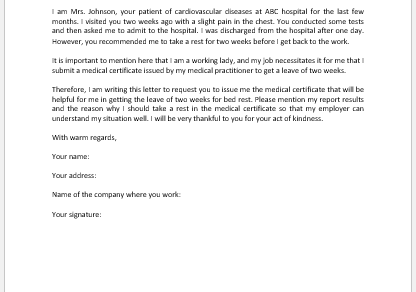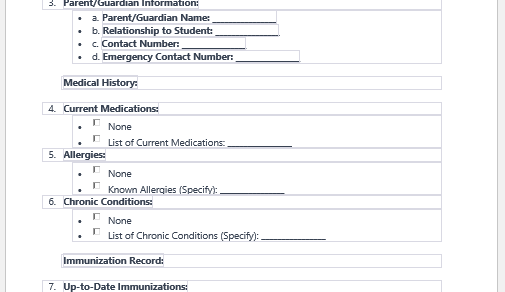Why is the Blood Test Necessary?
Laboratory tests have contributed tremendously to diagnosing diseases in the past. Newer techniques and machinery are being customized to get quicker results. In a medical setup, after taking a complete history of the patient and a thorough clinical examination, the next step is confirming the provisional diagnosis with the help of laboratory tests.
There are many kinds of medical tests, from noninvasive to invasive or surgical. A practitioner may request blood tests, urine analyses, radiologic tests, or biopsies to aid him in diagnosing the problems. The simplest and most commonly adapted is a blood test. There are many types of blood tests varying on the quantity of blood taken and the type of blood taken whether arterial or venous. Some results are immediately obtained however some like blood culture results may take 5 days at least.
Sites of Blood Withdrawal
Blood is drawn after taking aseptic measures: cleansing the area with an alcohol swab and using disposable syringes to reduce the risk of transmission of infections. The method is explained to the patient before pricking.
Children are accompanied by their parents to avoid anxiety. There are many areas for drawing blood for tests. The most common ones are from the veins in the forearm and front of the elbow. However, in some cases, blood may have to be drawn from other regions, for instance, the upper thigh or ear lobe. Blood is collected by a doctor or nurse in special vials and transported to the laboratory.
Why is there a Need for a Blood Test Consent Form?
As it is an invasive procedure, like other medical procedures, it requires permission from the patient before proceeding. Without proper consent, blood cannot be drawn for any test. In case of any complication, the patient and relatives must be informed beforehand.
Blood Test Consent Forms
Blood test consent forms need to be comprehensive about the necessity of the procedure, its method, benefits, and complications. The essential information required is:
- Patient’s information; name, father’s/ spouse’s name, age, sex, residence, and contact number.
- Patient’s provisional diagnosis based on history and clinical evaluation.
- Name and identity of the doctor who requested the test.
- A complete description of the purpose, benefits, and method of procedure.
- Location, date of procedure, and time of blood collection.
- Complications and liability of the procedure. Consequences include pain, bleeding, or infections.
- Follow up after the blood test. Some tests require a series of blood withdrawals to identify the cause and see any improvement.
- Cost of the procedure if any.
- Assurance of confidentiality and privacy. The report is to be dispatched to the patient only.
- The contact number of the collection laboratory in case of any queries. These days most labs provide an online facility for checking the reports.
- Emergency contact/ next of kin person of the patient.
- Full name and signature of the patient or any close relative in case of pediatric or geriatric patients.



